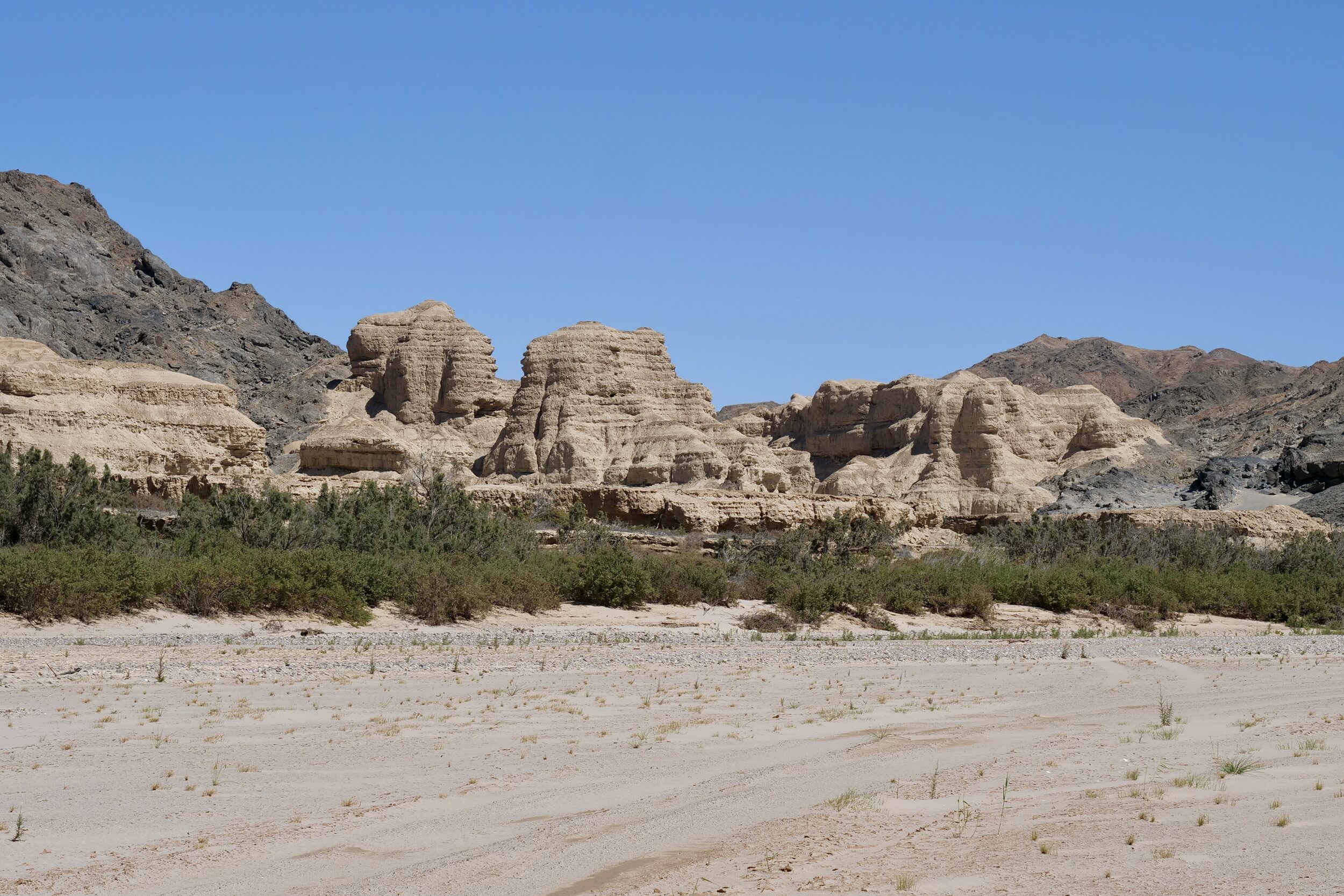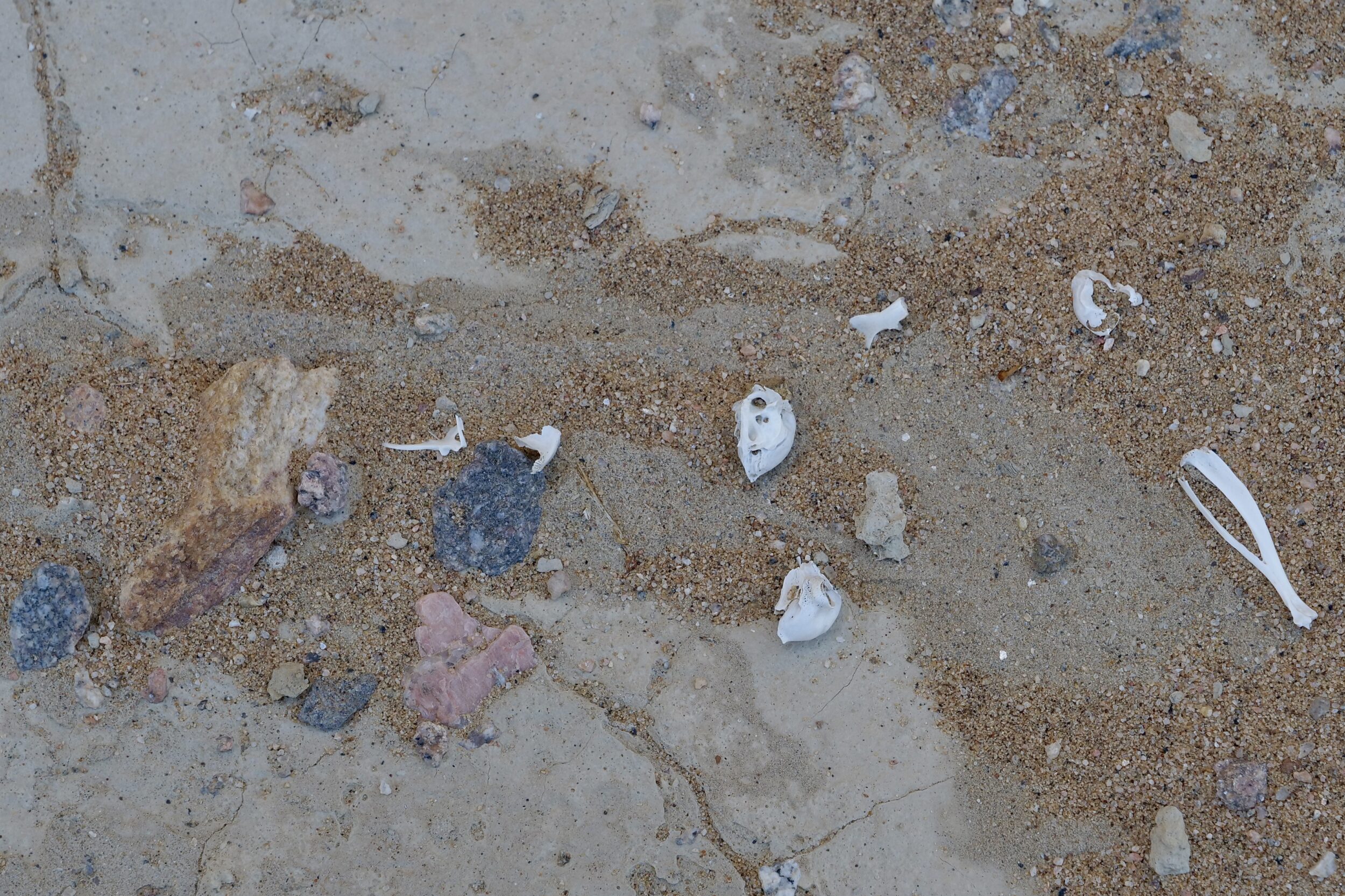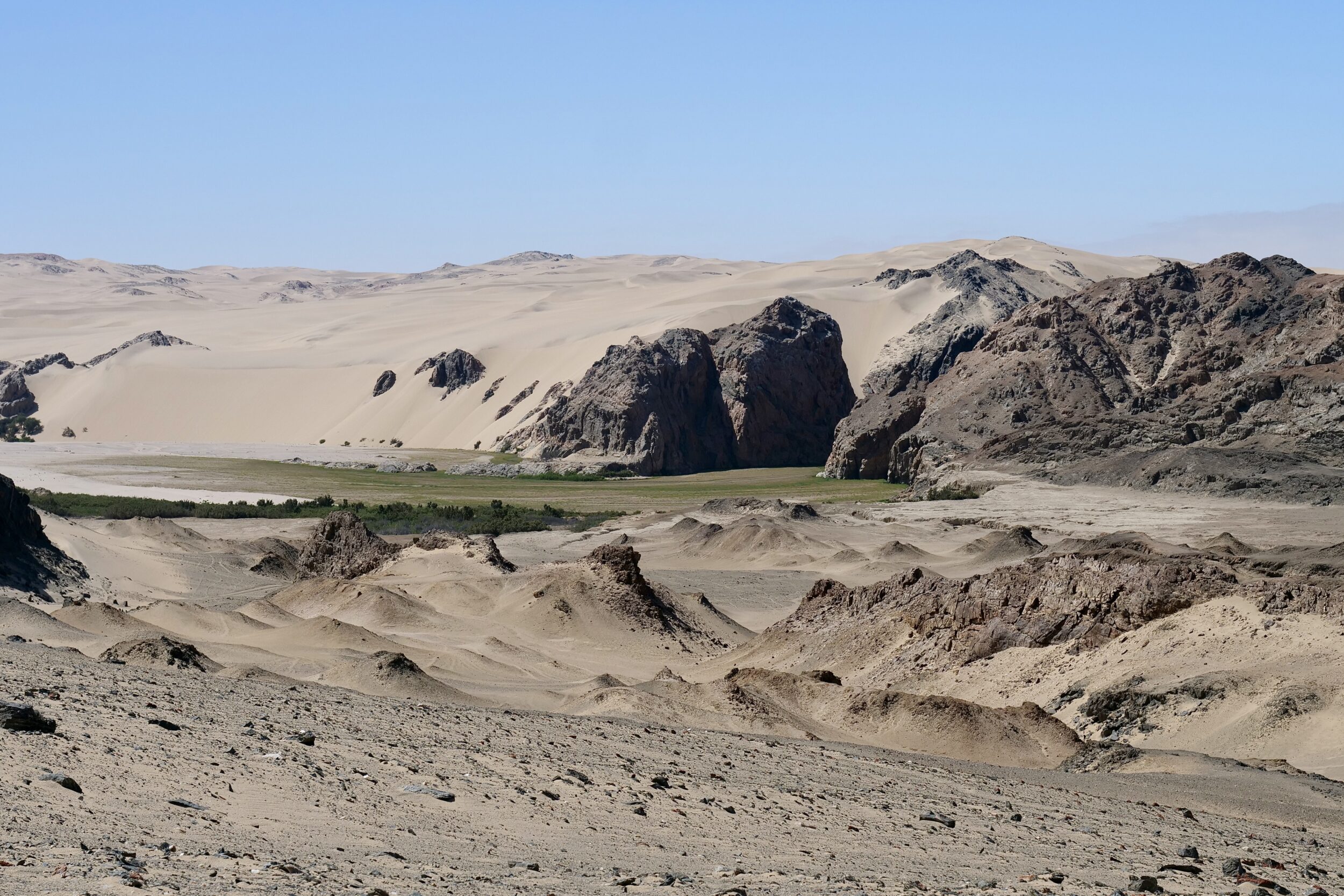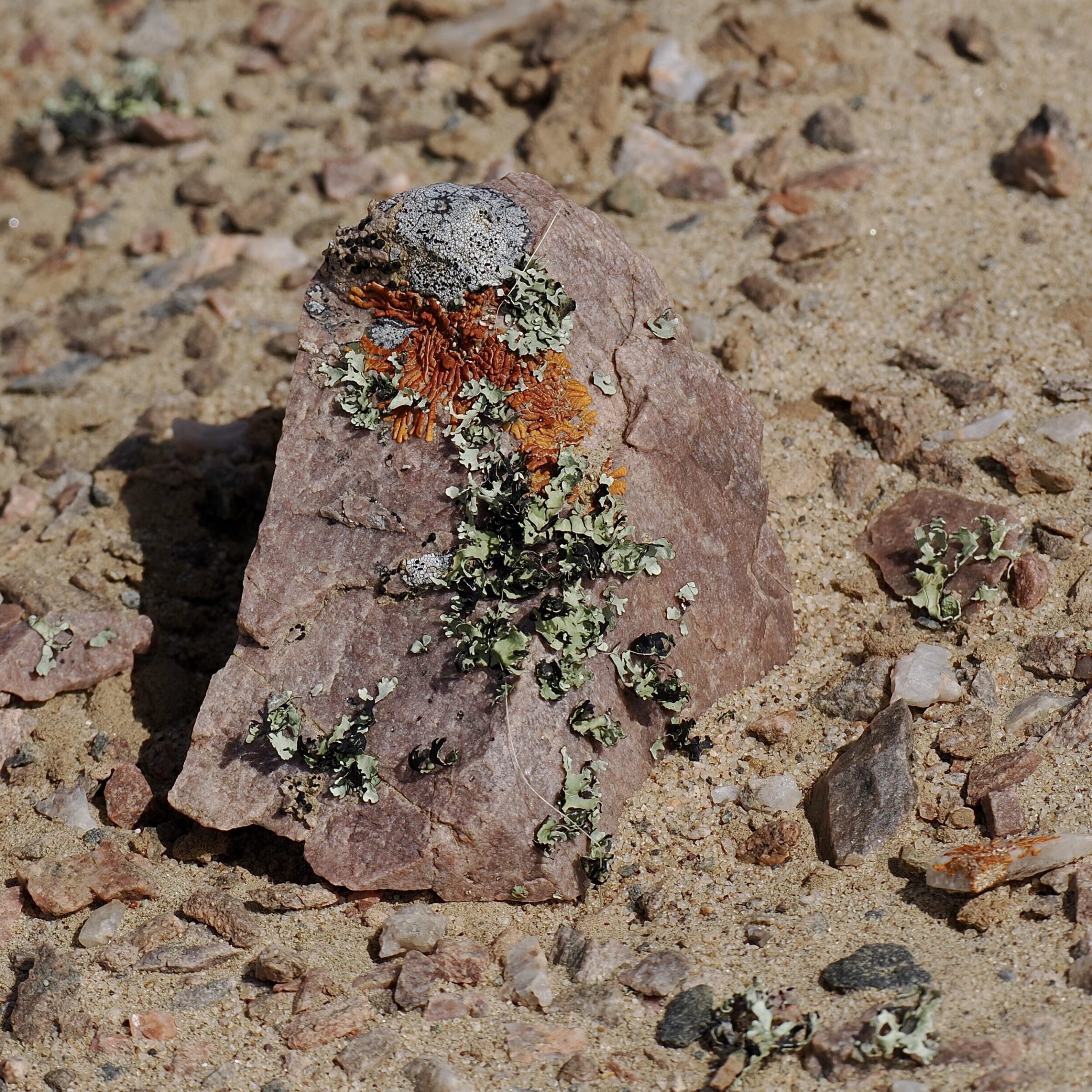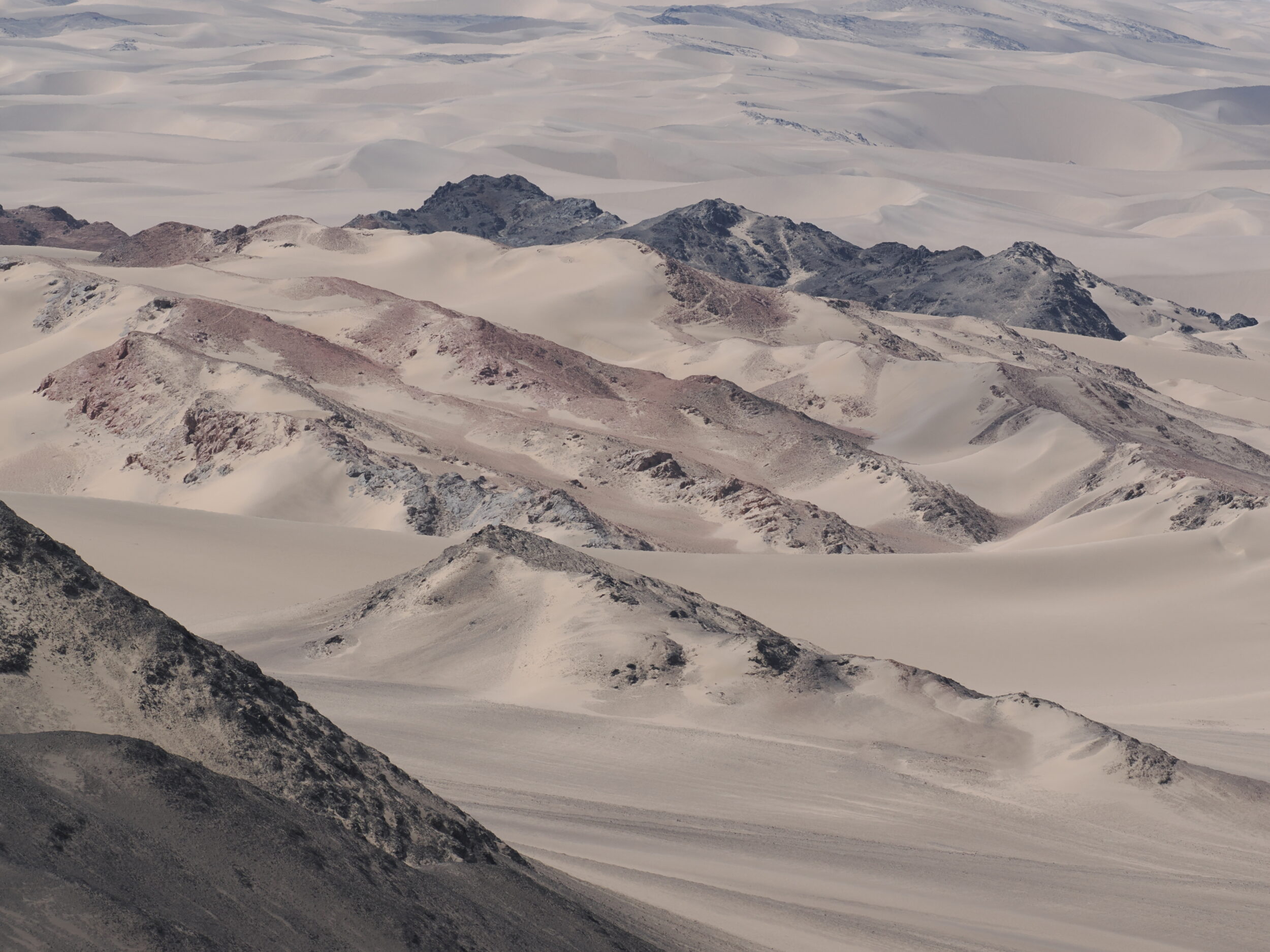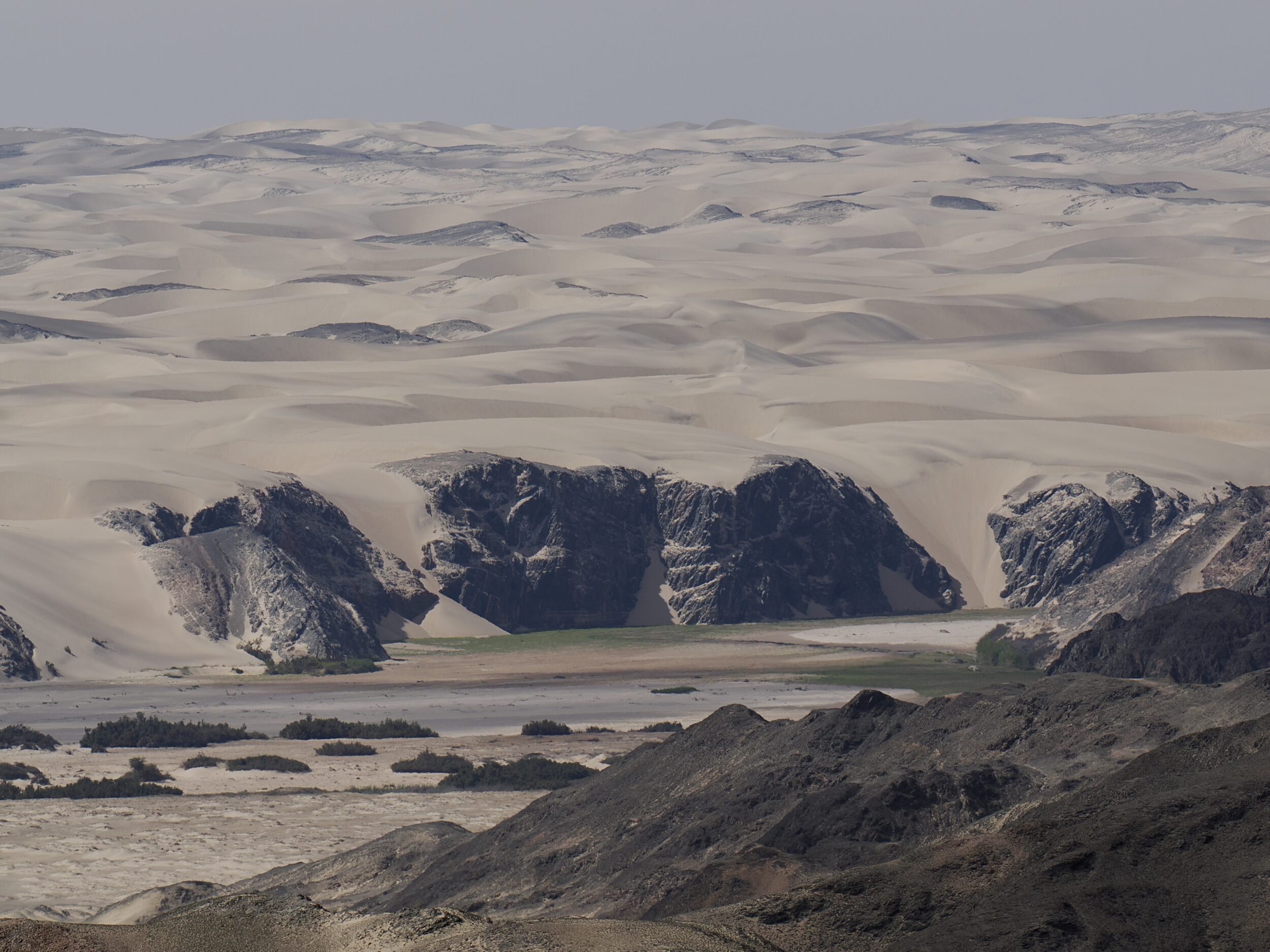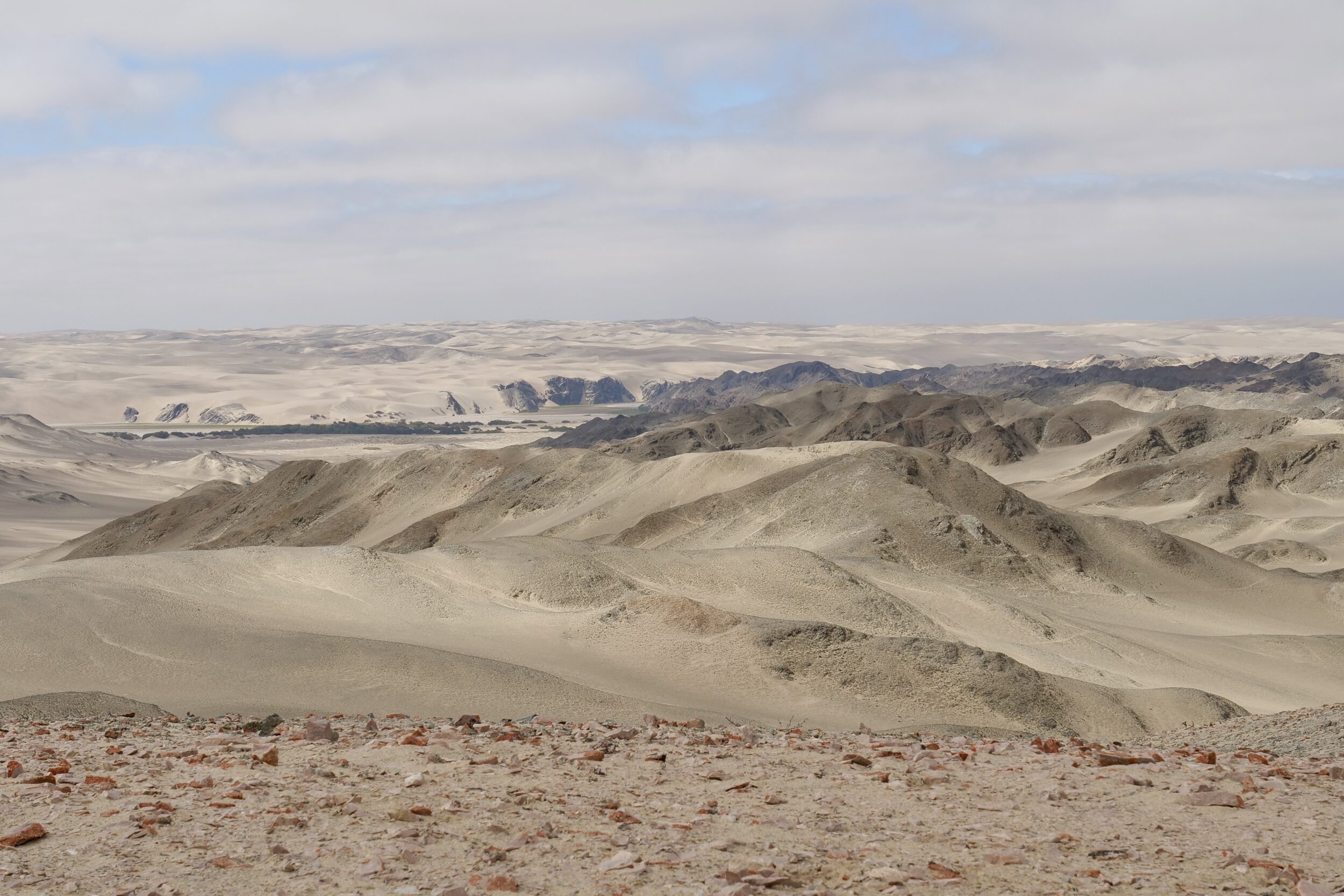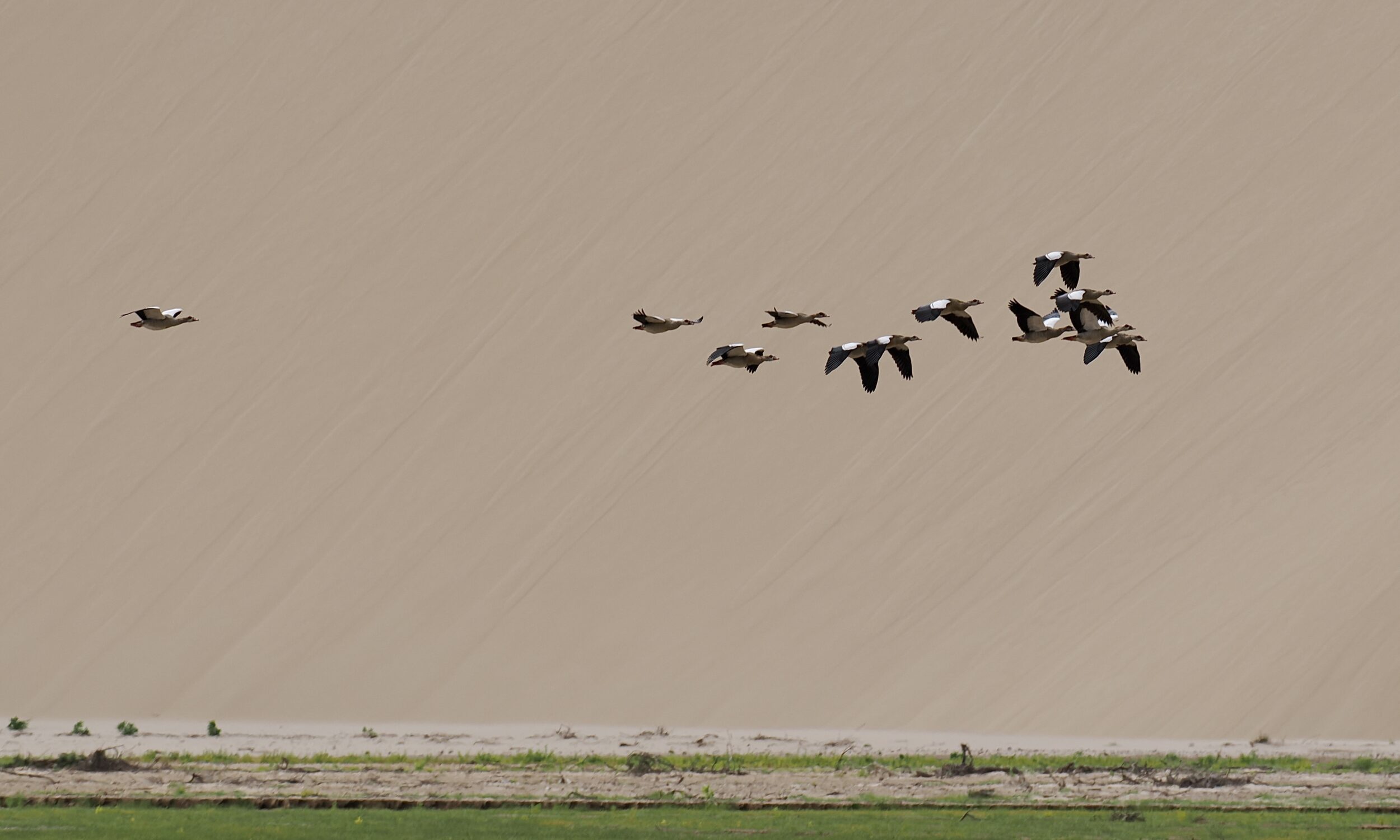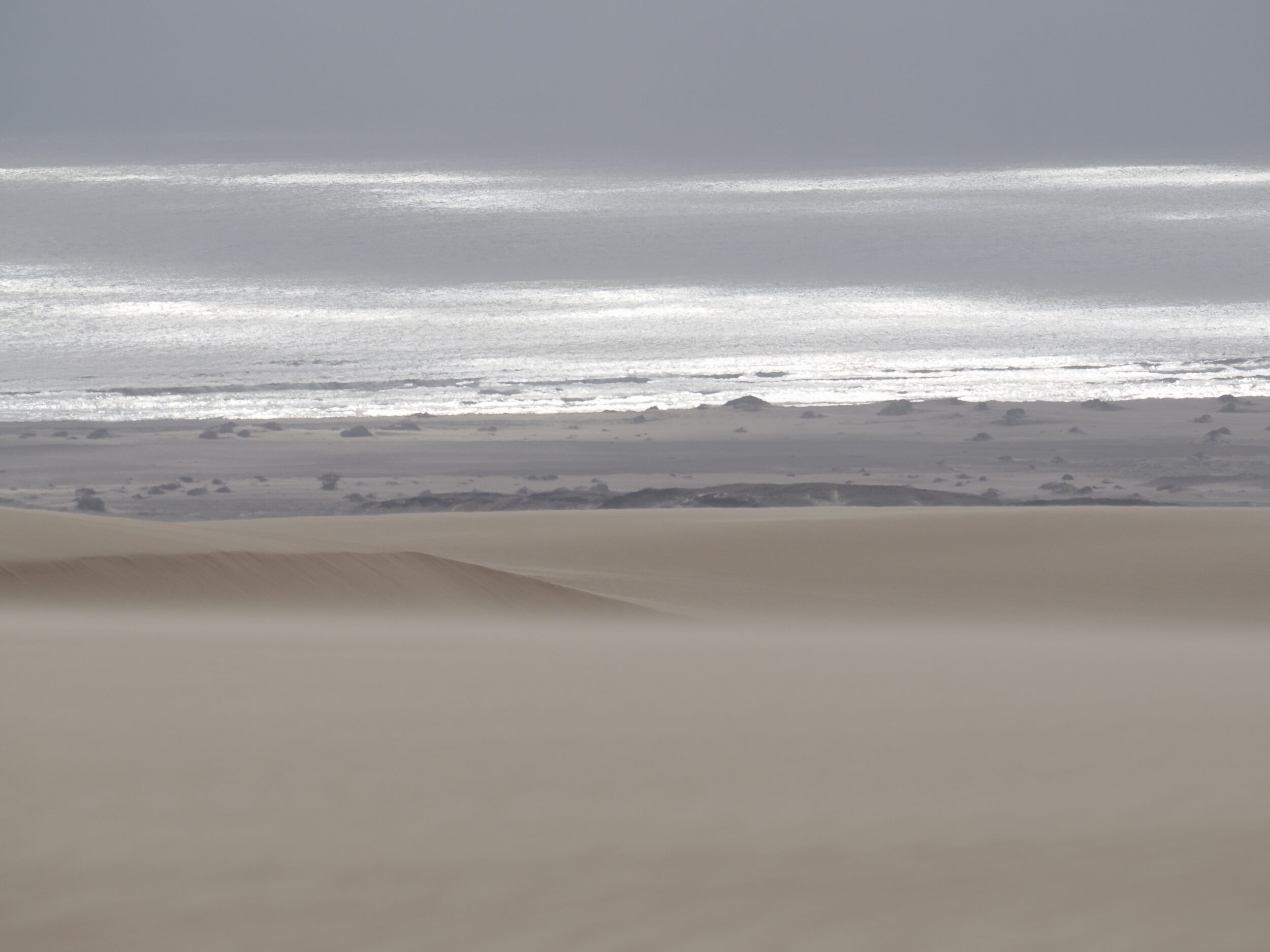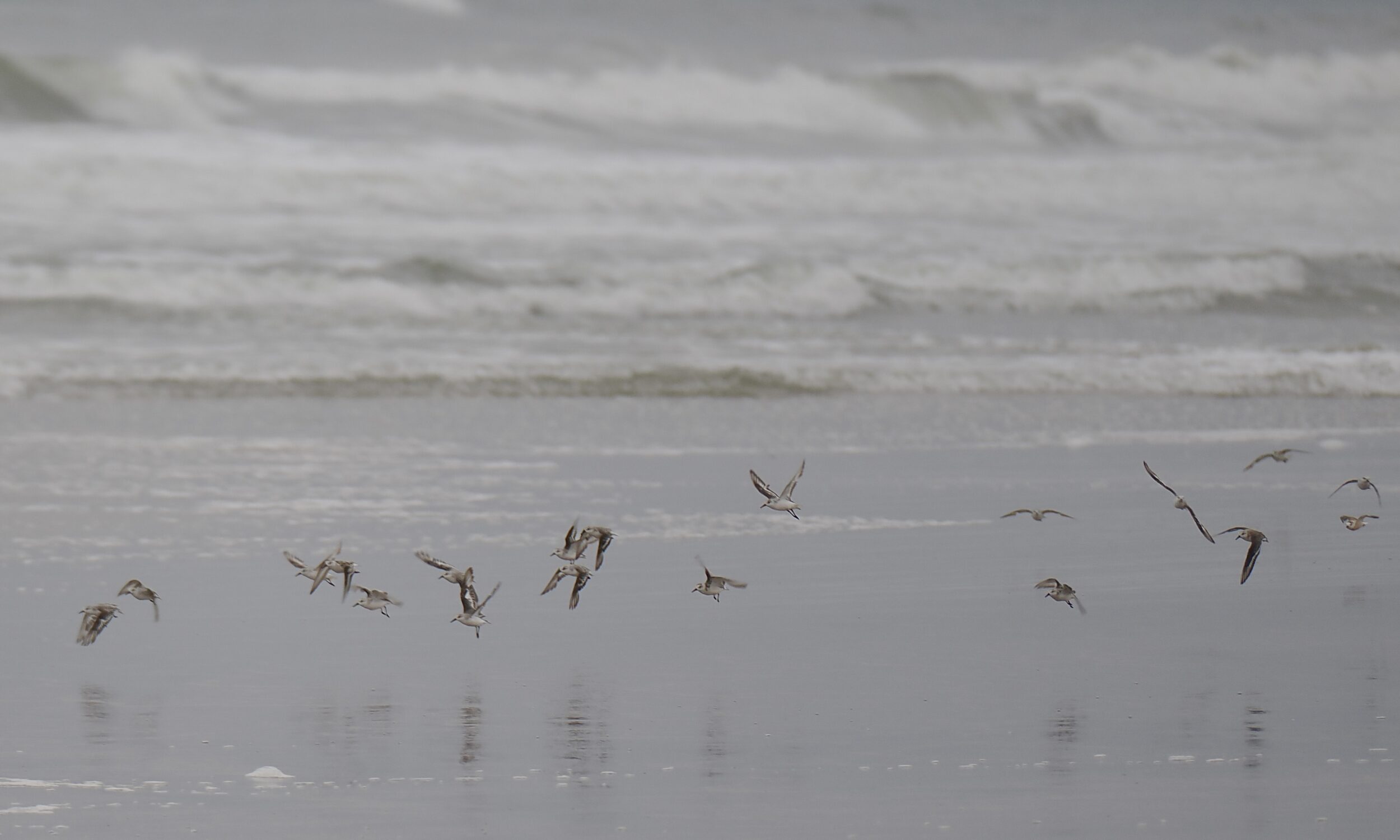The Hoarusib is one of several ephemeral Namibian desert rivers that have generated so-called “sand castles”, or “clay castles”.
These extraordinary landforms’ origins and age are shrouded in mystery, speculation, and competing theories.
I am quite unable to offer a definitive explanation, other than to quote some good sense from Roger Swart:
…there is abundant evidence that the silts were deposited by high-energy flows, separated by times of calm……The most likely explanation for the deposits is therefore flash floods during a wet period, which would have brought down a heavy sediment load that was dumped when the energy of the river waned.
Comments closed